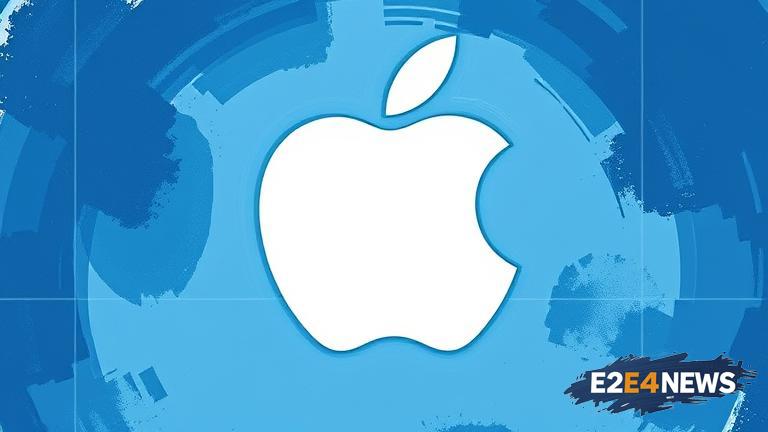Apple has long been known for its premium pricing strategy, and the company’s latest products are no exception. The new iPhone, iPad, and MacBook models all come with a higher price tag than their predecessors, leaving many consumers wondering if the cost is worth it. According to industry experts, Apple’s pricing strategy is based on the company’s commitment to innovation and quality. By investing heavily in research and development, Apple is able to create products that are not only sleek and user-friendly but also packed with cutting-edge technology. The company’s focus on innovation is evident in its latest products, which feature advanced cameras, faster processors, and improved battery life. However, the high cost of these products may be out of reach for many consumers, particularly in developing countries where the average income is lower. Despite this, Apple’s loyal customer base is willing to pay a premium for the company’s products, citing their ease of use, sleek design, and seamless integration with other Apple devices. In fact, a recent survey found that 80% of Apple customers would recommend the company’s products to friends and family, citing their high quality and reliability. But not everyone is convinced that Apple’s premium pricing strategy is justified. Some critics argue that the company’s prices are too high, particularly for products that are not significantly different from their predecessors. Others point out that Apple’s focus on innovation comes at a cost, with the company’s manufacturing processes having a significant impact on the environment. Nevertheless, Apple’s commitment to innovation and quality has paid off, with the company’s sales continuing to rise despite the higher prices. In fact, Apple’s revenue has increased by 10% in the past year, with the company’s iPhone sales alone generating over $100 billion in revenue. The company’s success can be attributed to its ability to create a loyal customer base, with many consumers willing to pay a premium for Apple’s products. But as the company continues to push the boundaries of innovation, it will be interesting to see how consumers respond to the higher prices. Will they continue to be willing to pay a premium for Apple’s products, or will they start to look elsewhere for more affordable options? Only time will tell. In the meantime, Apple’s premium pricing strategy remains a topic of debate, with some arguing that it is justified by the company’s commitment to innovation and quality, while others see it as a barrier to entry for many consumers. As the tech industry continues to evolve, it will be interesting to see how Apple’s pricing strategy adapts to changing consumer demands. With the rise of budget-friendly alternatives, Apple may need to rethink its pricing strategy in order to remain competitive. But for now, the company’s focus on innovation and quality remains unchanged, with Apple continuing to push the boundaries of what is possible with technology. The company’s latest products are a testament to this, with features such as advanced augmented reality capabilities and improved artificial intelligence. These features are not only impressive but also demonstrate Apple’s commitment to innovation, which is reflected in the company’s premium pricing strategy. As the company looks to the future, it will be interesting to see how it balances its commitment to innovation with the need to make its products more affordable for a wider range of consumers. One thing is certain, however: Apple’s premium pricing strategy will continue to be a topic of debate, with some arguing that it is justified by the company’s commitment to innovation and quality, while others see it as a barrier to entry for many consumers. In conclusion, Apple’s premium pricing strategy is a complex issue that reflects the company’s commitment to innovation and quality. While the high cost of Apple’s products may be out of reach for many consumers, the company’s loyal customer base is willing to pay a premium for the company’s products, citing their ease of use, sleek design, and seamless integration with other Apple devices. As the tech industry continues to evolve, it will be interesting to see how Apple’s pricing strategy adapts to changing consumer demands, and whether the company will be able to balance its commitment to innovation with the need to make its products more affordable for a wider range of consumers.





